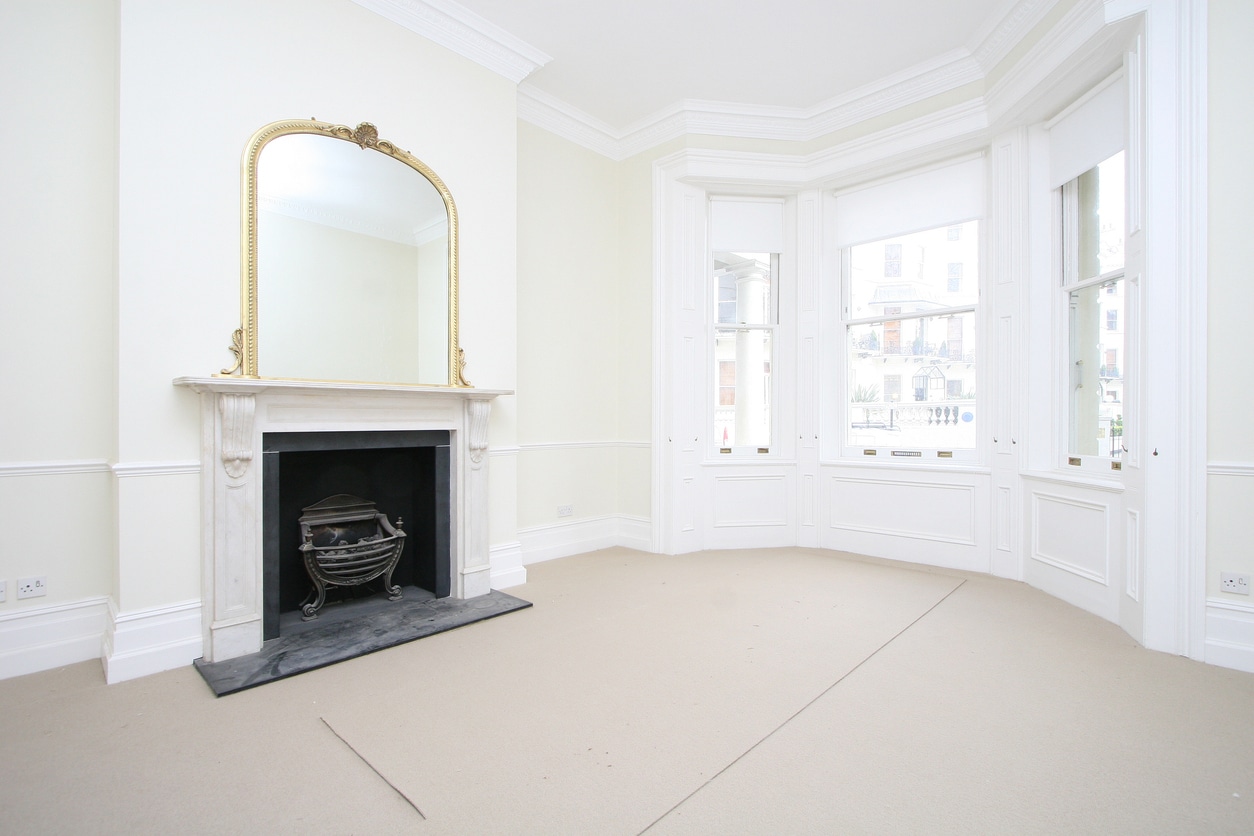Period homes across the UK, from Georgian terraces to Edwardian villas, were built with craftsmanship that’s hard to replicate today. Their intricate plasterwork, deep skirting boards, and sash windows give them character and charm that modern builds often lack. Preserving these features doesn’t just protect history, it enhances your home’s appeal and long-term value.
Decorating a period property isn’t about simply applying new paint. It’s about understanding how traditional materials behave and using the right techniques to restore, rather than replace, what makes these homes special.

Assessing the Condition of Original Features
Before any decorating begins, take time to inspect your home’s features carefully. Cracks in plaster, damp patches, flaking paint, or warped timber are signs that surfaces need attention before painting or wallpapering. Skipping this step can lead to premature peeling or bubbling, especially in older homes where walls “breathe” differently than modern ones.
A professional decorator will check for hidden damage and advise on suitable preparation. Sometimes, gentle repairs and cleaning are all that’s needed to restore detail without losing the home’s authenticity.
Restoring Plasterwork and Mouldings
Traditional lime plaster and ornate mouldings require specialist care. Unlike modern gypsum plaster, lime-based finishes allow moisture to escape, preventing trapped damp. When restoring, use breathable paints and fillers designed for heritage properties.
If decorative cornices or ceiling roses are damaged, they can often be replicated using moulds or carefully patched rather than replaced entirely. Cleaning with a soft brush and warm water can remove decades of grime without harming delicate detail. Once dry, use a fine brush to highlight mouldings with subtle contrast tones for an elegant finish.
Caring for Original Woodwork
Woodwork such as skirting, doors, staircases, and window frames often holds a home’s story. Over time, layers of old paint can obscure detailing or lead to uneven finishes. Careful sanding, stripping, and refinishing can restore these features beautifully.
When working on older paint, always test for lead before sanding. If lead is present, seek professional help or use safe removal methods. Once prepped, choose finishes that suit the period, satinwood for subtle sheen or eggshell for a softer, heritage look. Muted whites, soft greys, or rich heritage tones can bring out the depth and texture of traditional timberwork.
Choosing Paints and Colours for Period Homes
Older walls benefit from breathable paints such as mineral, limewash, or clay-based formulas. These allow moisture to move through surfaces, preventing blistering and mould. Avoid plastic-based emulsions that can trap moisture behind walls.
When it comes to colour, look for historically inspired palettes from brands like Farrow & Ball or Little Greene. Georgian homes often featured pale stone and soft green tones, while Victorian interiors leaned towards deeper reds, blues, and ochres. If you prefer a contemporary update, combine neutral walls with bold accents on woodwork or joinery for a balanced blend of old and new.
Blending Old and New
Sympathetic decorating doesn’t mean your home must look like a museum piece. In fact, blending traditional features with modern design creates warmth and personality. Pair restored mouldings with minimalist furniture, or highlight an original fireplace with a contrasting modern paint tone.
If you’re unsure how to achieve balance, start with one focal point, perhaps the staircase or a feature wall, and build your palette around it. Soft, layered lighting and natural textures help unite heritage architecture with modern comfort.
Including before and after examples can be particularly powerful. Many Alan Cox Decorating clients are amazed by how a fresh, well-chosen colour scheme can reveal the hidden beauty of original detailing.
When to Call a Professional Decorator
While DIY projects can be rewarding, period properties often require specialist knowledge and precision. Professional decorators understand the nuances of heritage materials and the best techniques for long-lasting results.
At Alan Cox Decorating, we’ve restored countless older homes across Leicestershire and surrounding areas. From repairing lime plaster to painting intricate woodwork, our team takes care to respect every home’s character while achieving a flawless finish.
If you’re unsure where to start or need help with delicate restoration, it’s always worth getting expert advice before beginning.
Conclusion: Bringing History Back to Life
Decorating a period home is about more than appearance, it’s about preserving a story. With the right preparation, materials, and colour choices, you can revive original features and maintain your home’s charm for generations to come.
By combining traditional craftsmanship with modern expertise, Alan Cox Decorating helps homeowners bring history back to life, one brushstroke at a time.
Thinking about refreshing your period home?
Contact us today to discuss your restoration project and discover how our specialist decorating team can help you protect and enhance your home’s heritage.




